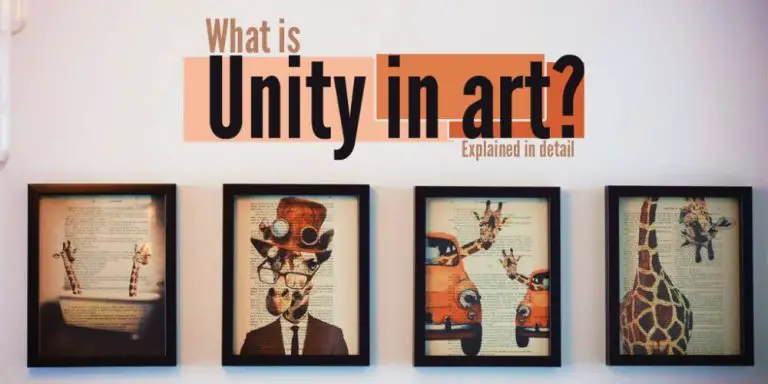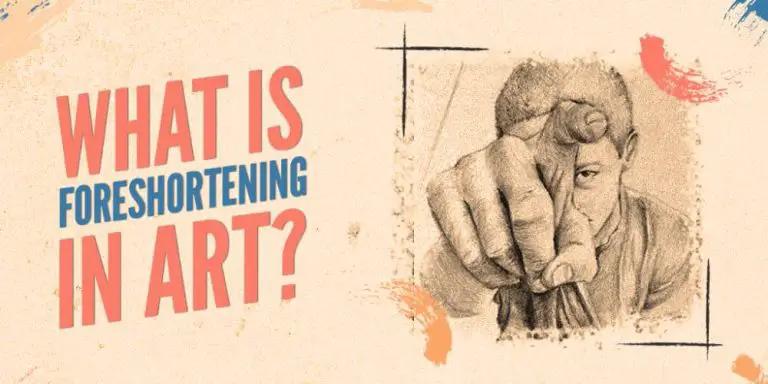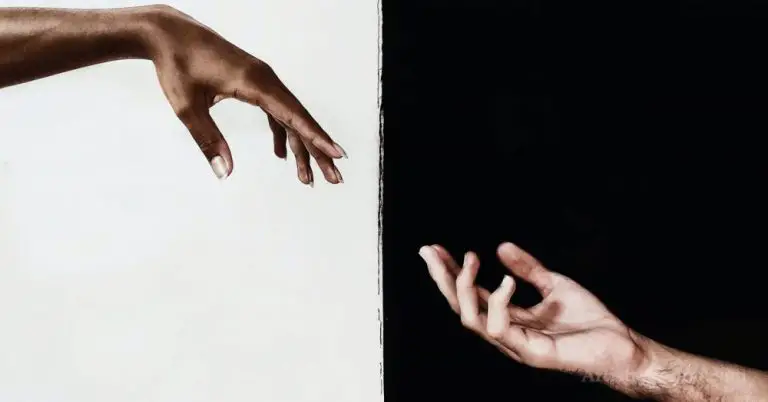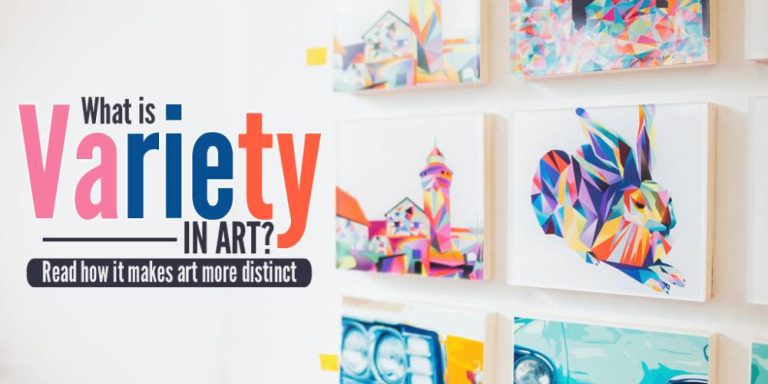What is Proportion in Art? (Explained)
If you’re just starting out as an artist, you may have heard about proportion and how it’s essential for creating visual art that makes sense in terms of size between the objects depicted. However, you still don’t know exactly what it means or how it will improve your artwork. So, what is proportion in art, and how does it affect an artwork?
Proportion is an element of art that compares the size of a part of an object in relation to the size of another part of the same object. Using proportion correctly in your artwork makes your art pieces more realistic and creates the perceptive relationships between elements in your composition.
Since you now know the basics of proportion in art and design, this post will go into extensive detail on the different types of proportion, how to spot good proportion in other people’s artworks, and how to use this essential art principle like a pro.
What is Proportion?

(This article may contain affiliate links and I may earn a commission if you make a purchase)
As explained in the introduction, proportion is one of the basic elements of art which refers to the relative size of an element in an artwork, compared to another element of the same object. It is very similar to a scale, but scale describes the ratio in size of whole objects in relation to other objects, while proportion deals with the relative sizes of two visual elements within the same object.
It’s all about creating balance.
Scale and proportion work together to make your artwork look realistic. For example, if you’re drawing a human, you know the ears are smaller than the head and hands, so you draw it aptly—that is proportion.

On the other hand, if you’re drawing a person kicking a football, you understand that the football is much smaller than the person, and your drawing should reflect that—that is the scale.

Both of these art principles work together to give meaning and realism to an artwork when used correctly.
However, artists frequently distort the proportions in an image to create a specific effect. This isn’t a flaw in the painting, drawing, or sculpture, however. It’s actually a popular art technique that experienced artists use to tell a story.
Differences Between Proportion and Scale
Scale and proportion are often confused and used interchangeably, although they mean very different things. However, the confusion may be understandable, as proportion and scale both refer to the sizes of objects in relation to each other.
As hinted previously, scale refers to the size of an individual object in relation to other objects, usually in the same artwork. Proportion, on the other hand, refers to the size relationship of specific features of an object, as it relates to other features of the same object in the artwork.
When looking at the drawing of a person, for example, you know that the head isn’t supposed to be larger than the rest of the body. When this happens, you know something is exaggerated with the proportion to create a special effect.
Types of Proportion in Art
Coming into this article, you almost certainly knew there was a thing called proportion. What you may not know, however, is that there are four different categories of proportions, and each has its unique differences and use cases.
In this section, you’ll learn about the types of proportion in art, when to use them, and why they even exist.
1. Standard Proportion
Unless you’re a cartoonist or you draw similar sorts of illustrations, you’ll be mostly using the standard type of proportion across all of your artworks.
Standard proportion refers to the type of proportion where the artist uses the correct sizes and proportions for a specific figure in the artwork (aka Accurate Proportions).
The concept of standard proportion is highly debated, as some artists question the existence of something like a standard proportion in the first place.
Take the human body, for example; you’ll be hard-pressed to find two people who measure the same across all the parts of their body. If there is no correct proportion for the human body, why standardize it in art?
However, the good news is that the standard proportion doesn’t have to be some specific figure that matches a mathematical formula (although it exists if you’re interested in that).
Any artwork that doesn’t look off (i.e., unnatural) to an observer follows the standard proportion rule.
2. Hierarchical Proportion
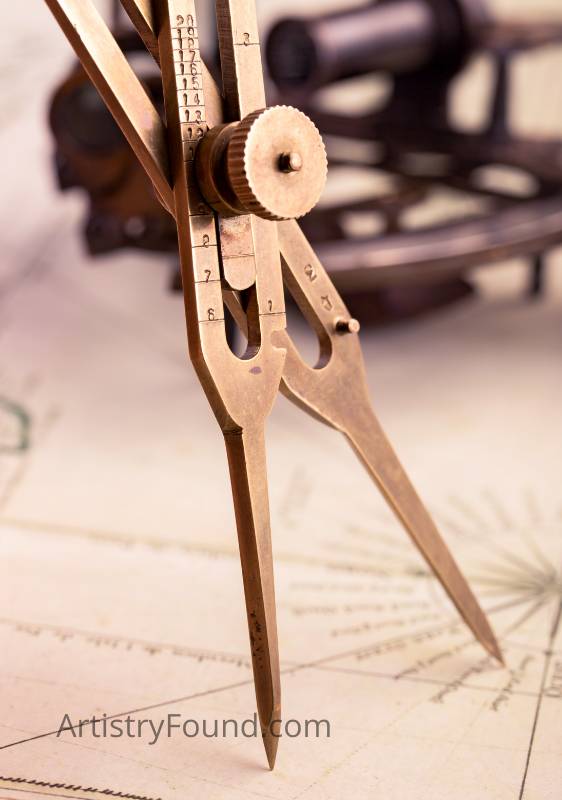
Hierarchical proportion is different from standard proportion, in that the various elements in the artwork will be sized in order of their importance. Thus, the most important part of the artwork will be larger and more obvious than the less important parts.
Using hierarchical scale works best in artworks where some parts need to be highlighted better than others.
In early paintings, artists drew the pictures of monarchs and kings much larger than the pictures of the commoners. This practice is declining rapidly, but the paintings and drawings remain excellent references of hierarchical proportion.
3. Exaggerated Proportion
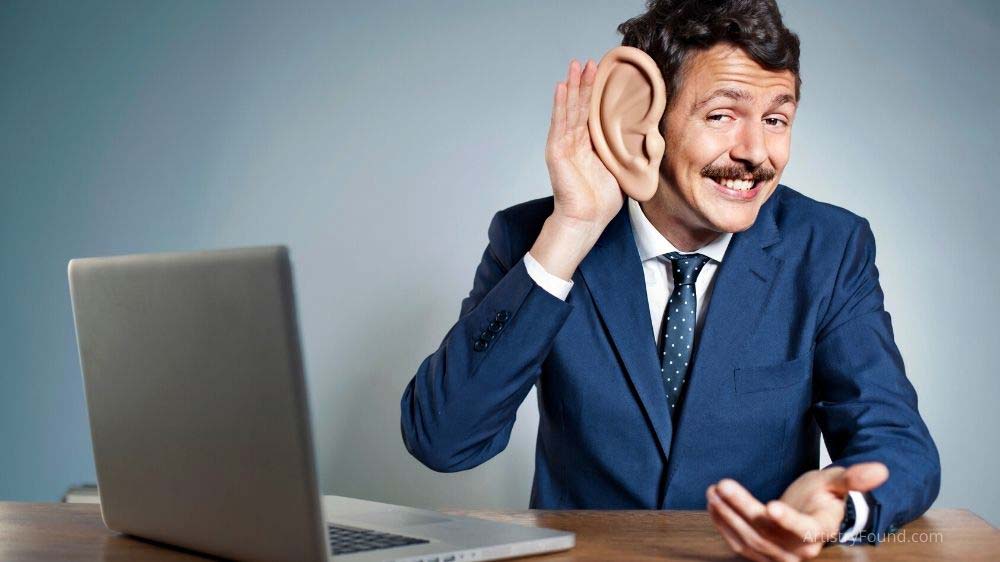
Exaggerated proportion is also referred to as “out of proportion.” It refers to a situation where two elements in artwork have sizes that don’t reflect the relationship between them.
For example, a human head drawn four times its average size is massively blown out of proper proportion, but it may be instrumental in communicating the message of the drawing to the viewer.
Making an artwork out of proportion is usually deliberate, but sometimes it may be due to an accidental error that may ultimately mar the artwork if the artist tries to correct the mistake.
4. Altered Proportion

Altered proportion is similar to out of proportion, but this is always deliberate. It refers to the practice of skewing the standard rules of proportion to achieve certain effects with their artwork.
Altered proportion doesn’t only have to do with size. Giving an object the features of other objects can also create a certain feeling, depending on what the artist intends to do with the artwork.
In some cases, like cartoons, artworks with altered proportions can be funny or endearing, but they can also invoke other feelings like fear, contentment, and shock.
Importance of Proportion in Art
Your artworks will always seem off if you still haven’t mastered the art of using proportions correctly. While most observers may be unable to tell that you didn’t get your proportions right, experienced artists and art buyers certainly can.
Even if you’re planning to create artworks that break some of the rules of proportion, you can’t break the rules properly without knowing them. Proportion is simply indispensable when creating drawings and other types of artworks.
Here are some of the reasons why you may want to learn about proportion and how it affects the perception of your artwork.
1. Realism in Art
When drawing realistic objects, getting the proportions correct is essential to make the produced image look less abstract and more realistic.
It can be argued that proportion is the single most important principle of a realistic artwork. Unless you’re drawing cartoons or similar artworks, getting the proportions wrong will essentially destroy the image.
2. Distance in Art

Before artists discovered the principle of proportion, they knew that some things were off about the drawings and paintings they made at that time. However, they couldn’t tell what these things were, and drawings continued to look distorted and out of place.
With the discovery of proportion, artists understood what they’ve been doing wrong. Incorrect proportions in the background and between objects create a false linear perspective, giving their artworks a false sense of distance.
3. Visually appealing proportions
Drawing or painting to the correct proportions gives your artworks the most realistic look, making them both beautiful and relatable.
It can be said that drawings that follow the standard proportions are boring and somewhat bland, but that’s not always the case. People still enjoy looking at ultra-realistic artworks, but your art doesn’t have to be too realistic when you finally understand the concept of proportion.
If you can recall, there are four different types of proportions in art. True mastery over proportions in art comes when you can use all of these four different types to create the perfect visual effect you want in your artwork.
More From Artistry Found
- Principle of Contrast in Art (What It Is & How To Use It)
- Composition in Art: What’s its Common Purpose?
References:

